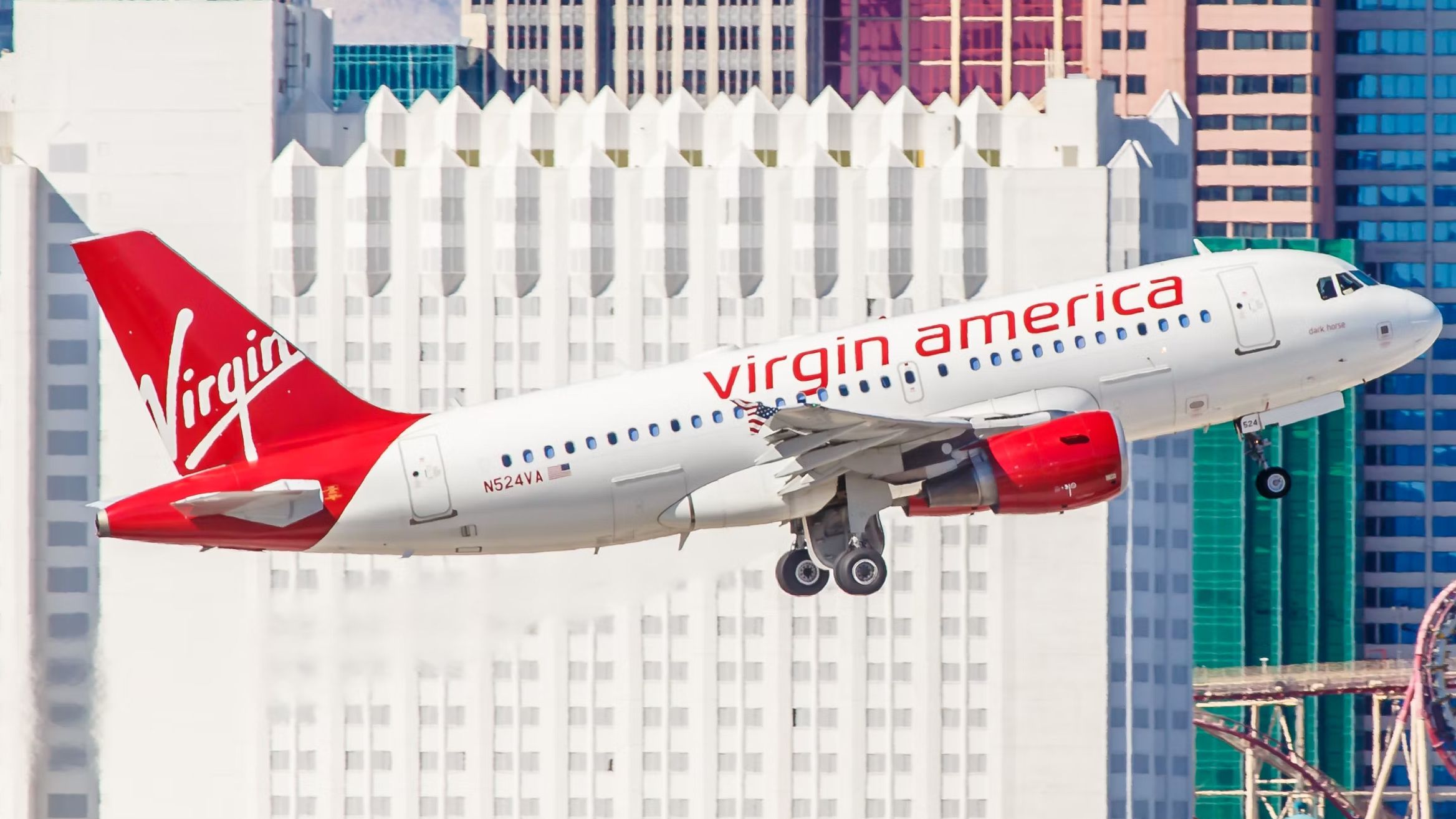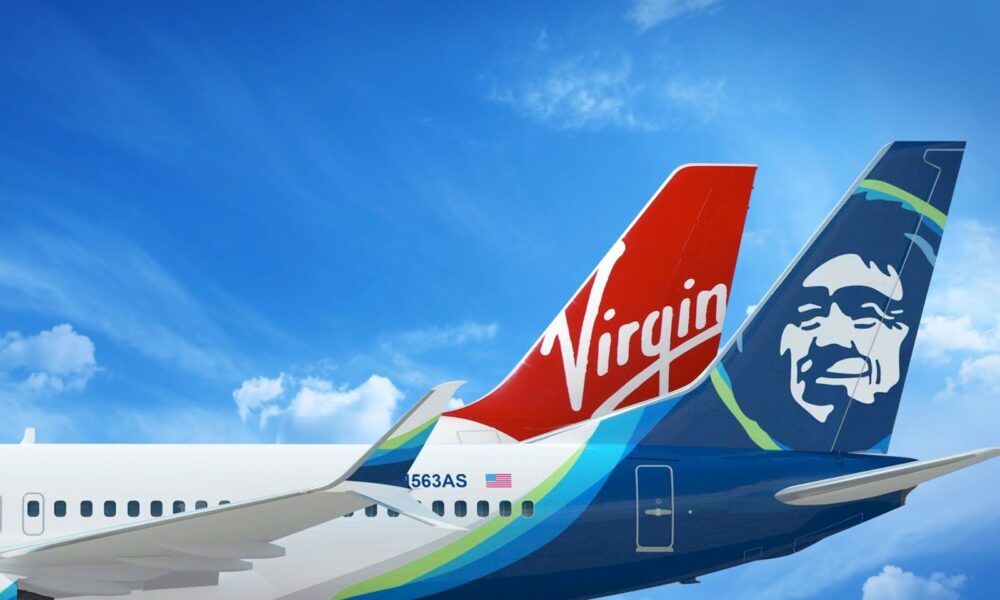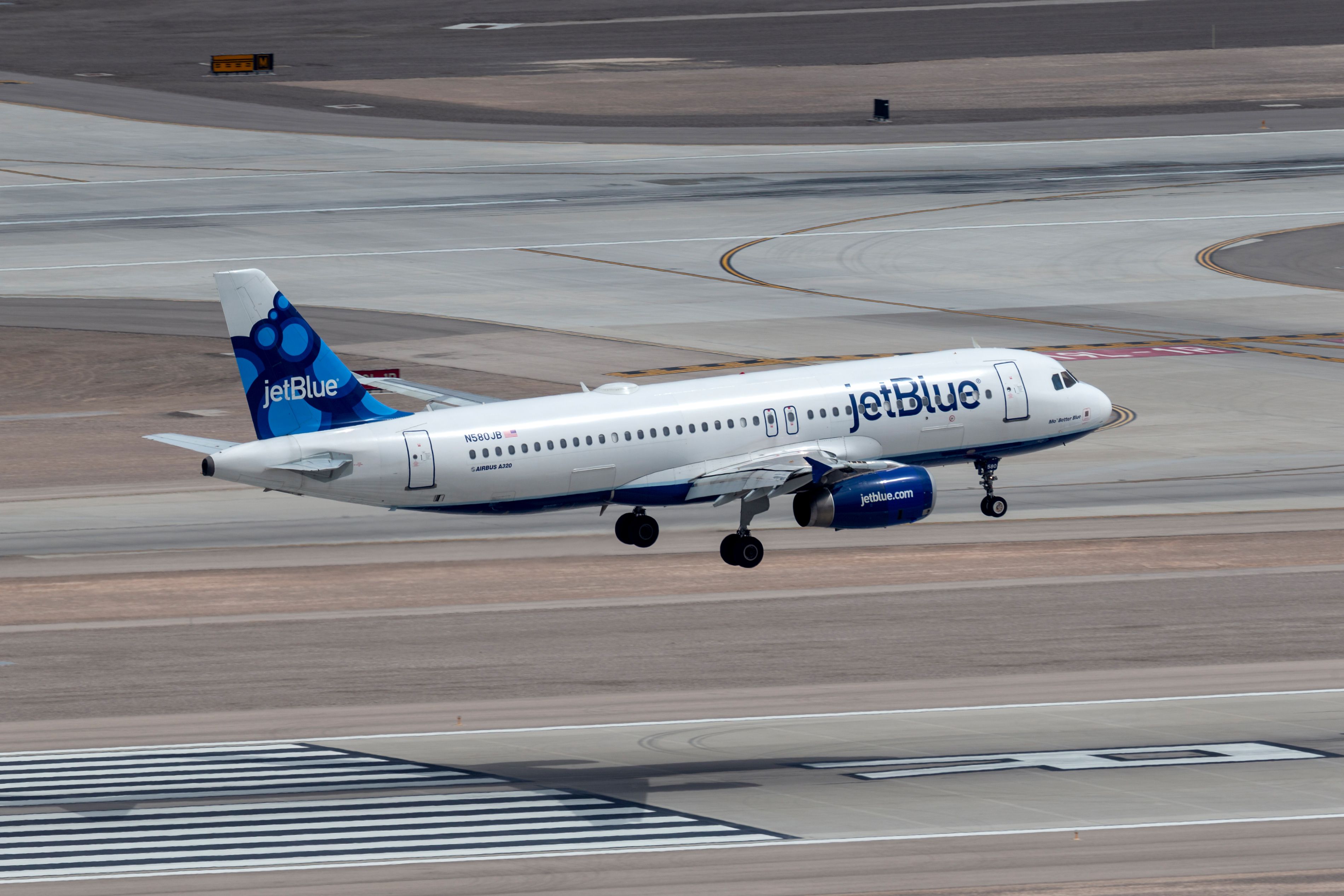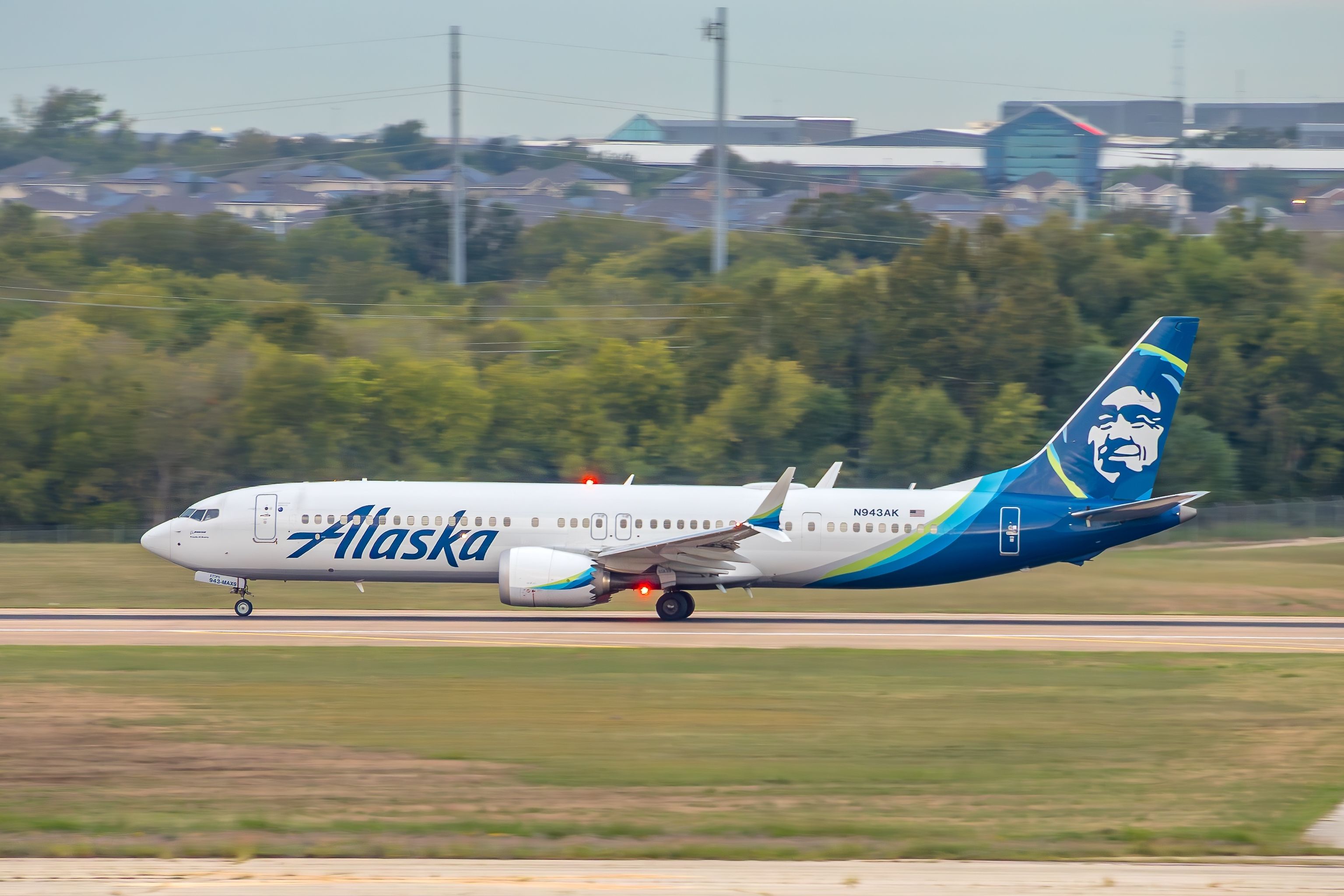Summary
- Virgin America’s sale sparked a bidding war between JetBlue and Alaska Airlines, with Alaska ultimately winning by paying 47% more than the share value pre-sale.
- Alaska saw value in Virgin America’s West Coast presence and sought to stifle competition, while JetBlue wanted to expand its transcontinental network.
- JetBlue ultimately decided not to bid higher due to the price no longer making sense for them, but they launched a campaign targeting Virgin America loyalists and announced a massive Mint expansion to attract customers.
Virgin America’s sale sparked a bidding war between two of the US’s most aggressive and ambitious carriers. JetBlue and Alaska Airlines went head to head to secure the airline, culminating in a sale price that was some 47% greater than the share value pre-sale. But why didn’t JetBlue dig deeper and snap Virgin America from the jaws of Alaska Airlines?
Virgin America for sale
When Virgin America went up for sale, it wasn’t in the best shape of its life. Although it had returned to profitability following its IPO, it was still flying with some of the lowest operating margins in the industry. On the back of a successful year, its biggest shareholders, Cyrus Capital and Virgin Group, wanted to cash out.
At the time, its shares were trading at just under $30 a piece, and it would likely have sold for around $1.2 to $1.3 billion had there been just one buyer interested. But its sale proved to be attractive to as many as four different companies, and a bidding war ensued.
Following back-and-forth negotiations, Alaska Airlines and JetBlue emerged as the frontrunners in the Virgin sale process. Both airlines could see a value in Virgin America that far outstripped its share valuation and for different reasons.
For Alaska, it was about stifling competition and about getting those slots and presence on the West Coast that are so critical to its business model. For JetBlue, it was all about the expansion of its transcontinental network. Its New York to San Francisco and LA services were the best performers out of its entire network, so to be able to do more of that was immensely attractive to the airline.
Photo: Alaska Airlines
Ultimately, Alaska’s $2.6 billion bid won, paying 47% over the odds for Virgin America and, as a result, instantly becoming the fifth-largest airline in the US. But the question remains: why didn’t JetBlue go higher, and was this loss detrimental to the airline’s future?
Alaska wins
In many ways, JetBlue and Virgin America were natural associations. Both had a somewhat unorthodox approach to business, fiercely loyal fans, and a certain attention to detail that passengers loved. Integration with Alaska was going to be rather challenging with its traditionally more conservative way of doing business.
But JetBlue was not sore about losing out. Executive Vice President for JetBlue, Marty St George, said at the time that the investment, as it stood, no longer made sense for JetBlue. To Skift, he had the following words:
“I think seeing that a company like Virgin America was up for sale that has a strong transcontinental franchise, it was obviously something we would look at. You know there is a price at which that made a lot of sense for us. I think the price that ended up being the final price to buy the company was a number that, when you compare that to our organic options, didn’t really make a lot of sense for us.”
In a nutshell, the price point went to such a level that it no longer worked for JetBlue. But the airline had another trick up its sleeve with regards to the Virgin America sale. It called it Plan B internally; to the rest of the world, it was “JetBlue Virgins.”
Knowing the Virgin America loyalists would be concerned about the value proposition under its new ownership, JetBlue launched a campaign targeting first-time fliers. It also announced a massive Mint expansion in its network, particularly on the transcontinental services.
St George highlighted to Skift that the battle was on, with some fighting talk,
“We are also out there being very aggressive trying to capture the Virgin America customer. To the extent that there is someone, sort of that disgruntled customer, who is a little bit nervous about what they love about Virgin going away with Alaska, we are there for them. And just to be clear: It is already a much better product than Virgin America. They should have been flying us already, but we give them a little extra reason.”
What if?
In the long run, Alaska’s purchase of Virgin America did it very nicely, and JetBlue has continued to grow without the large investment. Whether it would have worked out as well if JetBlue had won the bidding, now this is a far more interesting and far more challenging question to answer.
Well, for starters, JetBlue would certainly have a far stronger presence on the West Coast than it currently does today. Likely, with the increased market power from more landing slots at SFO and LAX, the carrier could have come to perfect its offerings and ultimately dominate the transcontinental market.
Photo: Ryan Fletcher | Shutterstock
Furthermore, some of the initiatives that JetBlue launched in order to expand its business would likely not be present today. For example, the carrier’s long-haul transatlantic expansion would very well not have taken place. It is unlikely that we would have seen JetBlue aircraft at London Heathrow (LHR) had the carrier been able to double down on its domestic network.
But Alaska, on the other hand, would likely not be as strong at SFO and LAX as it remains today. The airline has been able to greatly expand its operations at major West Coast airports and has become a more powerful player in the transcontinental market. Without the acquisition of Virgin America, Alaska would likely remain much more true to its original business model. The carrier’s network would stem primarily out of Seattle.
Photo: lorenzatx | Shutterstock
Speculation, however, doesn’t do justice to the way the industry has changed since before the merger, and consumer preferences have adjusted over time. Traffic to secondary airports has expanded significantly, and airports like San Jose Mineta International Airport (SJC) and Ontario International Airport (ONT) have become hubs of their own.
But as is always the case with speculation, we may truly never know what would have happened. Nonetheless, both Alaska and JetBlue remain thriving carriers in a dynamic market today.




